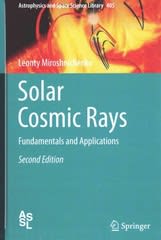Question
Steiner's theorem and gyration radius. A metal tank wheel in the shape of a disc of radius R is lightened by cutting out six identical
Steiner's theorem and gyration radius. A metal tank wheel in the shape of a disc of radius R is lightened by cutting out six identical throughholes in the shape of discs, whose axes are parallel to the wheel's axis of rotation, and whose radii are all r . The holes' centers are positioned at the vertices of a regular hexagon of side A , with the wheel's axis passing through the center of the hexagon. a) By what percentage is the wheel lightened, as a result of the cutouts, for r=R/5 ? b) By what percentage is the wheel's moment of inertia decreased around its rotation axis, as a result of the cutouts, for r=R/5 and A=3R/5 . c) By what percentage is the wheel's moment of inertia decreased around its rotation axis, as a result of the cutouts, for r=R/5 and A=3R/4 . d) How can you explain the comparison of the results of parts b and c from the viewpoint of gyration radius?
expert answer
a. area of wheel = pi*R2 area of 6 cutouts = 6*pi*(R/5)2 = 0.24*pi*R2 So, percentage reduction of weight = (0.24)*100% = 24%
b. 18.24% (using negative mass for cutouts and parallel axis theorem)
c. 27.95% (using negative mass for cutouts and parallel axis theorem)
I dont understand how they got to B and c from the parallel access theorem and how to explain D.
Step by Step Solution
There are 3 Steps involved in it
Step: 1

Get Instant Access to Expert-Tailored Solutions
See step-by-step solutions with expert insights and AI powered tools for academic success
Step: 2

Step: 3

Ace Your Homework with AI
Get the answers you need in no time with our AI-driven, step-by-step assistance
Get Started


